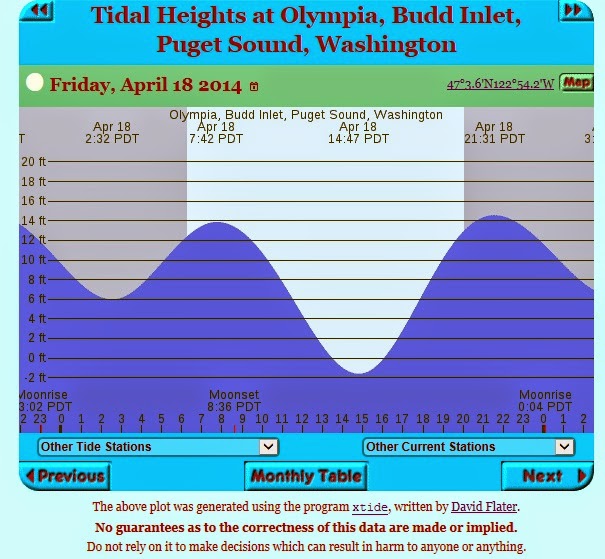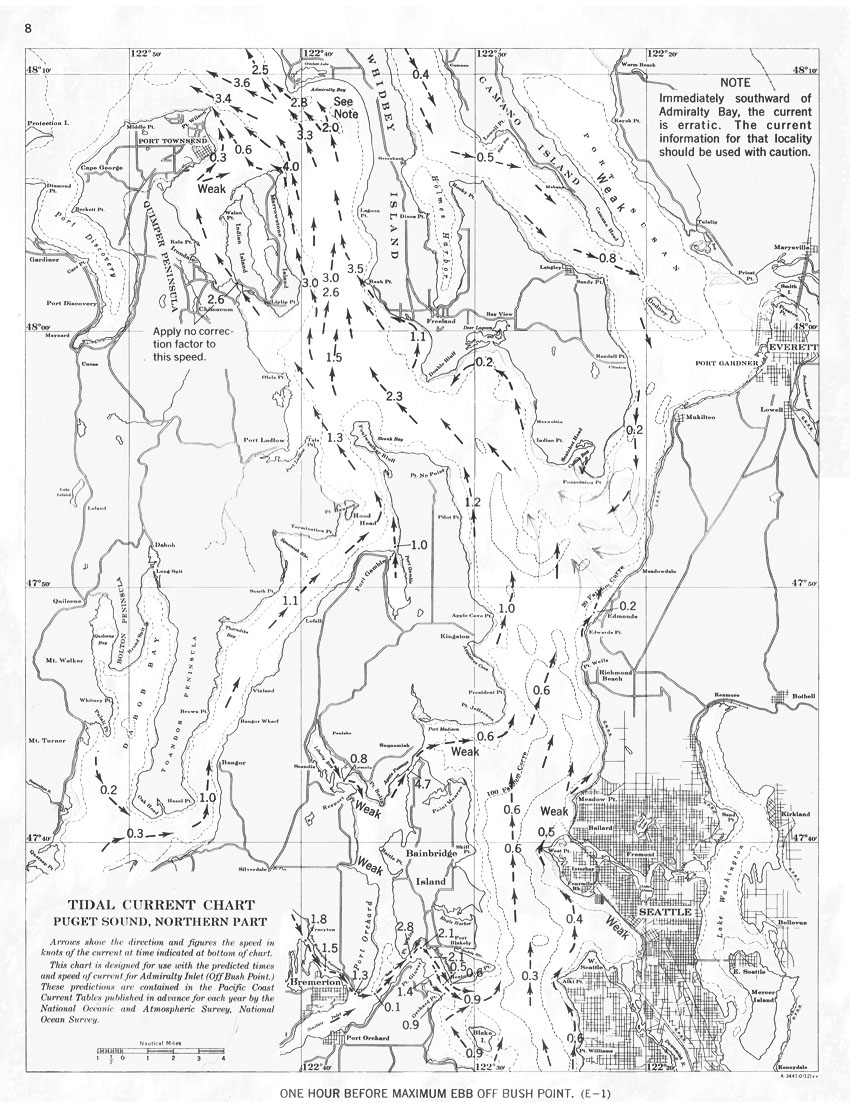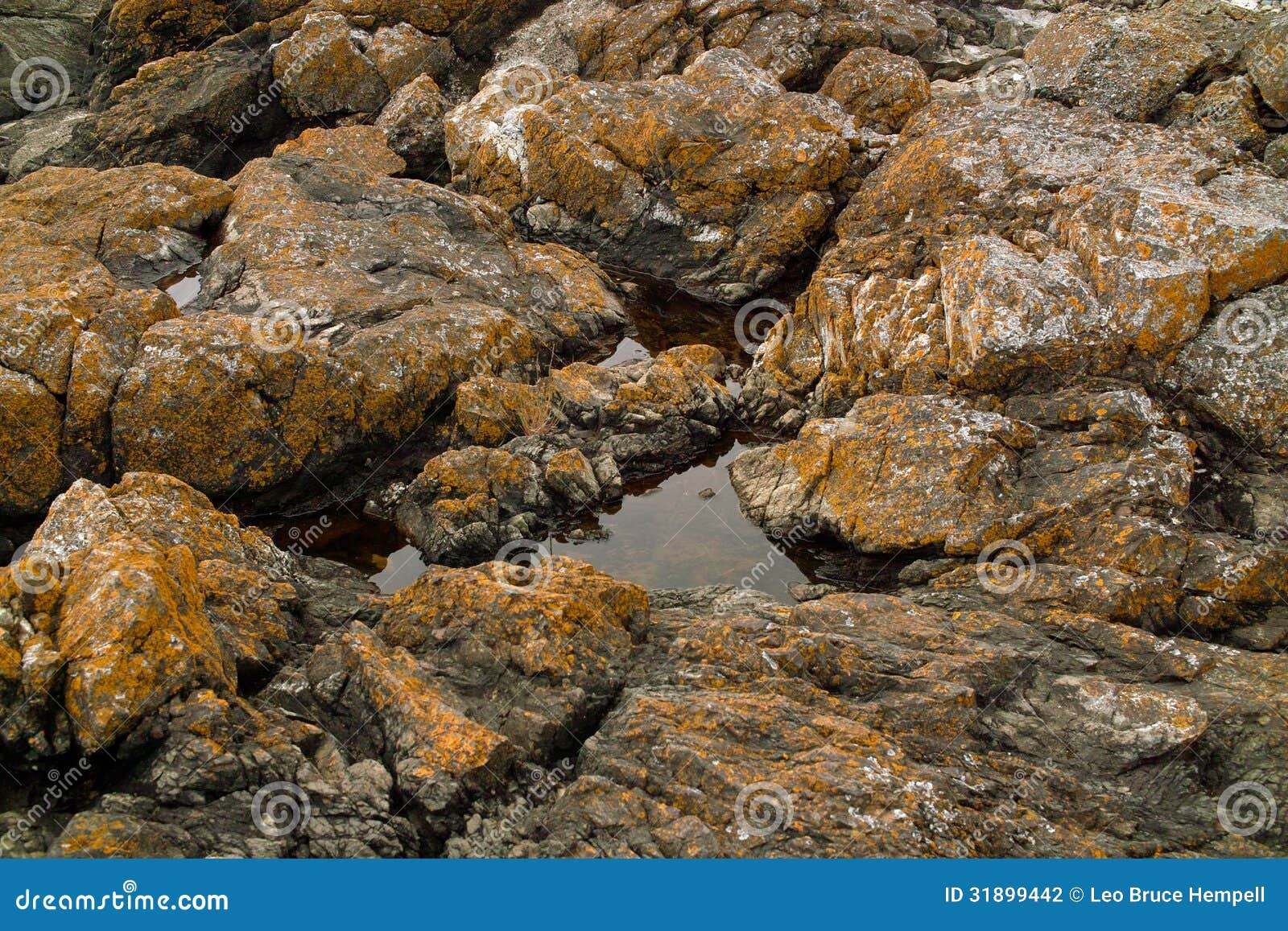
Sea stars (what we used to call starfish) splay five or more arms in different directions and can regrow an appendage if injured. There are sea urchins and sea cucumbers, anemone and cockle clams-all invertebrate animals.

On display is a buffet of sea life, some of which look more like cartoon creations than real organisms. The army of animal lovers starts their summer shifts in May, and while the National Oceanic and Atmospheric Administration provides tide predictions, the scheduled naturalist dates are a good key to the best low tides of the season. She helps coordinate more than 200 volunteers and 25 beach naturalist staff who stroll Seattle beaches at certain low tides to help interpret what's in the tide pools. Rachel Carson stated the following words in her appreciation for intertidal ecosystems, “ Each time that I enter it, I gain some new awareness of its beauty and its deeper meanings, sensing that intricate fabric of life by which one creature is linked with another, and each with its surroundings."Life is beneath where you walk, everywhere on the beach," says Strongin, field program lead for the aquarium. Visiting intertidal sites along the shores of the Salish Sea is a rewarding pastime for people of all ages. We all may access this mysterious marine world with the curiosity and enthusiasm of life long learners. The organisms have adaptations to survive harsh conditions, favorite foods to consume, and intricate interactions with other organisms.Įvery marine organism has a story to tell about how it survives and the role it plays in the tide pool micro habitat. There is much more to learn than just the common names of the marine life a deeper knowledge may be gained by observing the life patterns and interactions that take place. Watch closely and the mysteries begin to be revealed.Įach visit to the edge of a tide pool is an adventure with changing conditions and interesting marine life species to be discovered.

At first glance, the tide pool may seem placid and void of life, but with careful observation one may realize there is always activity in the magical realm of the intertidal zone. Fortunately, during the low tide events we are able to better observe these dramatic interactions and gain a greater awareness of the biodiversity living between the high and the low tide zones. Every individual tide pool acts as a micro habitat and each may have unique features based on type of rocky or sandy surface, water temperature, salinity, competition for space and access to food.Ĭountless ecological interactions are taking place in the tidal pools, regardless of our awareness. This impact of the physical environment is magnified even more in the context of the tide pool. In the San Juan Islands, tide pools are at nearly every beach. Within the intertidal ecosystem, each tidal zone has conditions that challenge organisms, such as: temperature differences, varying light exposure, wave action, diversity in sediments, competition, predation and variations in salinity due to freshwater sources mixing with the marine water. All of the animals in the Salt Water Tide Pool were collected from around the Puget Sound region, and the water in the tank is the same temperature as Puget. Exploring tide pools with your kids is a great way to show them amazing marine creatures up close. The physical environment, along with the living organisms, creates intricate connections and interactions. No organism lives in isolation and interactions constantly take place within this intertidal community. The tide pool may temporarily sustain the correct amount of light, oxygen, nutrients, temperature, space and salinity that these organisms need to live.Įvery tide pool has a unique community or ecosystem of intertidal life. Many of the intertidal seaweeds and marine life depend on the shelter of the tide pools for survival, since they cannot endure the heat from the sun and exposure to air for long periods of time.

The water in the rocky crevices and small pools enables the marine life to survive the low tide event until the higher tides return. A tide pool is created when a small amount of marine water is left on a shoreline or in rocky crevices when the tide recedes.


 0 kommentar(er)
0 kommentar(er)
